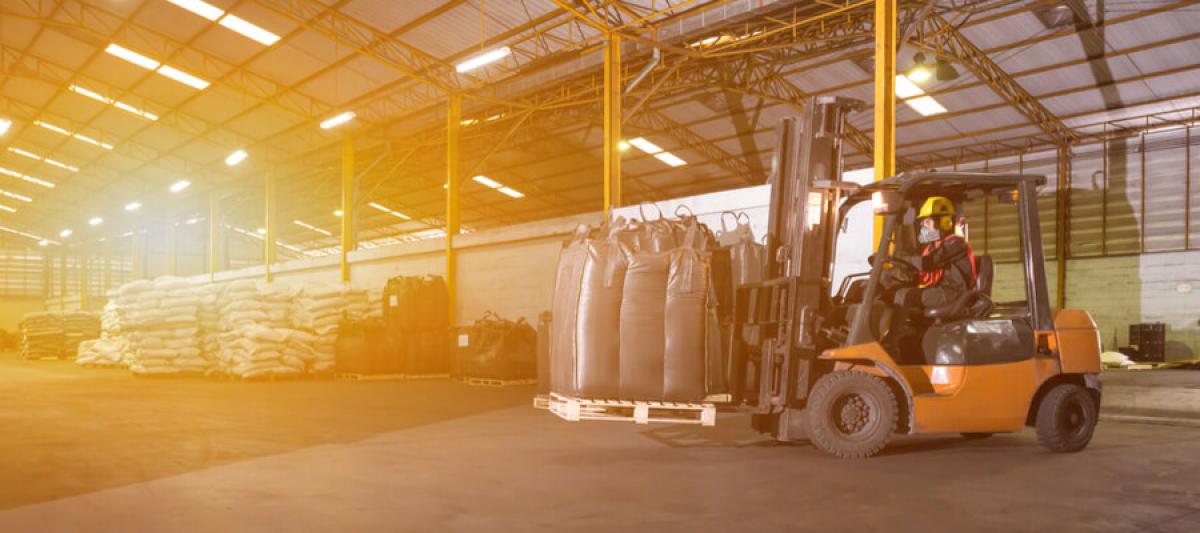Slips and falls occur every day in the workplace. These types of injuries and their recurrence can be minimized through proper safety knowledge and attitudes. There are various ways to suffer slips and falls while working. You can slip and lose your balance, you can trip over objects left in your walkway, or you can simply fall from an elevated position above the ground.
Blog
Our BLOG focuses on current safety and health topics providing readers with relevant information and viable solutions for addressing safety concerns. Visit us using your favorite social media platform to contribute to the BLOG or contact us to ask a safety and health-related question.
Do you want to be the first to see our most recent BLOG? Subscribe and we’ll make sure you don’t miss it!
Stay on Top of Chemical Container Labeling

Safety compliance is a significant issue for many organizations. Especially in today's constantly changing world, you don't want your business to be impacted by surprises like compliance issues or consequences.
Luckily, you can work with the team at Northwest Safety and Risk Management to address various safety compliance types like chemical labeling, which we will discuss more in-depth here.
Why OSHA Training is Essential in Construction

If you are starting out in construction or a few years in, OSHA training is an essential part of the job. The OSHA 10 and 30-hour training sessions for different experience levels will explain OSHA requirements and regulations for new employees at the 10-hour level and more experienced supervisors and managers at the 30-hour level. OSHA also educates teams about a worker's right to a safe work environment.
Are you wondering if these courses are right for you or how to make them work for you? Read more here, and check out available classes at Northwest Safety and Risk Services.
Become a Certified Forklift Operator

Forklift operators, like many industry professionals, have specific training and certification to operate the forklift. This certification helps employers know that you are well trained and understand safety requirements that will protect you, other employees, the employer, and the business.
OSHA Violations To Be Aware Of

Every business has an obligation to provide a safe work environment for their employees. OSHA regulations are in place to create a foundational understanding and criteria for workplace safety. Following OSHA regulations is critical to keeping your employees safe and your business afloat, since penalties can be costly.
Creating a Safe Work Environment with First Aid Training

As an employer, your team trusts you to look out for them while at work. One of the most important and direct ways to establish a safe work environment is to ensure your employees have basic first aid training.
The Right Training for Scaffolding Safety

Scaffolding regulations are dangerous because they have severe consequences if not followed closely. Working with OSHA to ensure appropriate compliance and training for scaffolding safety is essential for any construction team.
OSHA's 4 Big Construction Safety Guidelines

Working in construction is more complicated than some people might think. As a manager or owner, there are many considerations, compliance requirements, and other behind-the-scenes business issues that many people never see.
Who Should Take Defensive Driving?

Defensive driving courses are offered all around the country, and for a good reason. Car accidents are a leading cause of death in the United States, so defensive driving courses can help you to drive safer to protect yourself and your family.
Defensive driving is also required by many jobs that involve driving while on the clock. Defensive driving courses can save the company money, and applying the skills learned can help you be safer at work.
Why Training for Excavation and Trenching?

Excavation and trenching training are critical in construction because job site disasters like collapsing of trenches and the resulting injuries and possible fatalities are highly avoidable.

